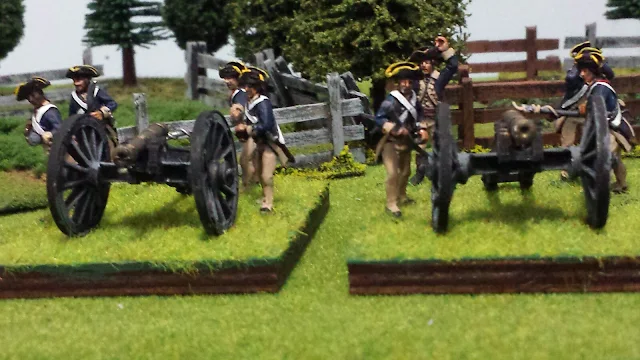On 6 January 1776 the Committee of Safety of New York , “took into consideration the defenceless state of this Colony and the capital thereof, and that they have not any proper persons to use and manage the field artillery of the Colony…” They resolved “That it will be useful and necessary for the general defence of the Colony to raise and employ an artillery company." General Alexander McDougall recommended Alexander Hamilton for a commission to command this new company. On 14 March the Committee read a letter from Stephen Badlam, a captain of artillery, testifying that Hamilton was fit for duty as an artillery officer. The Committee appointed Hamilton captain with James Gilleland as his second lieutenant. Hamilton was just 21 years old at the time he was commissioned.
Hamilton’s interest in military service first took form in 1775, when he joined a group of volunteers in a pro-Patriot militia company at King's College (Columbia University today) called the "Corsicans" (
incorrectly called the "Hearts of Oak" in many second hand accounts). In August 1775, Hamilton took part in a raid led by Captain John Lamb on the Battery in New York City, stealing some two dozen British cannons while under heavy fire from the HMS Asia. Hamilton ’s coolness under fire was later remembered by his friend Hercules Mulligan: “I was engaged in hauling off one of the cannons, when Mister Hamilton came up and gave me his musket to hold and he took hold of the rope. . . . Hamilton [got] away with the cannon. I left his musket in the Battery and retreated. As he was returning, I met him and he asked for his piece. I told him where I had left it and he went for it, notwithstanding the firing continued, with as much concern as if the [Asia] had not been there.”

Once appointed captain of the company Hamilton spent his time drilling and training his recruits; and pestering the Congress for funds to provide equipment and uniforms for his men. The uniform of the company was a blue Regimental coat faced buff. Cocked hats were trimmed in artillery yellow. It is also possible that frocks were issued for fatigue duties.
Under Hamilton, the New York Provincial Company of Artillery took part in the Battles around New York city and later at White Plains, Trenton, and Princeton. They played an important role at Trenton, breaking up a counter attack and driving off the Hessian battalion guns. According to Princeton University lore, Hamilton’s gunners shot a cannonball through a window of the university’s main building, Nassau Hall, and decapitated a portrait of King George II.
When Hamilton accepted a position on George Washington’s staff in March 1777, command was turned over to Lt. Thomas Thompson, a former sergeant in the unit whom Hamilton had commissioned.
The U.S. Army’s Center of Military History traces the lineage of the New York Provincial Company of Artillery down to the 1st Battalion, 5th Field Artillery, making it one of the oldest active unit in the regular U.S. Army.
Figures for the battery are from Fife and Drum miniatures.


























